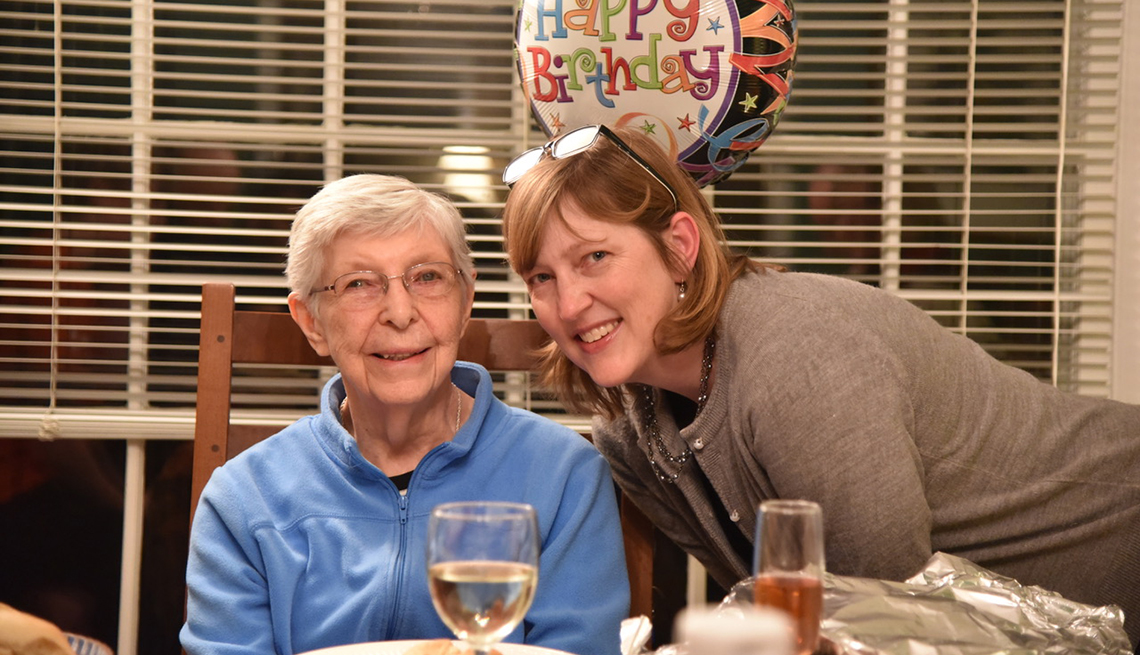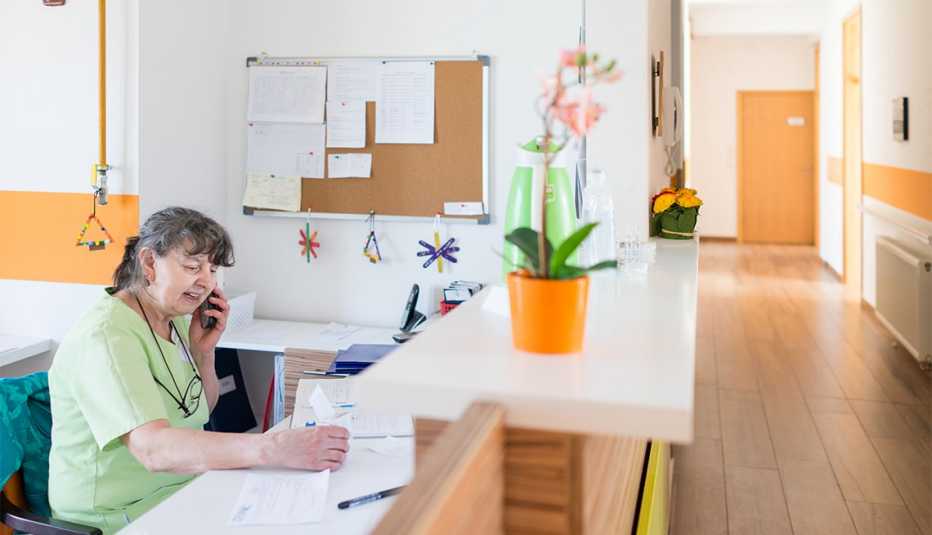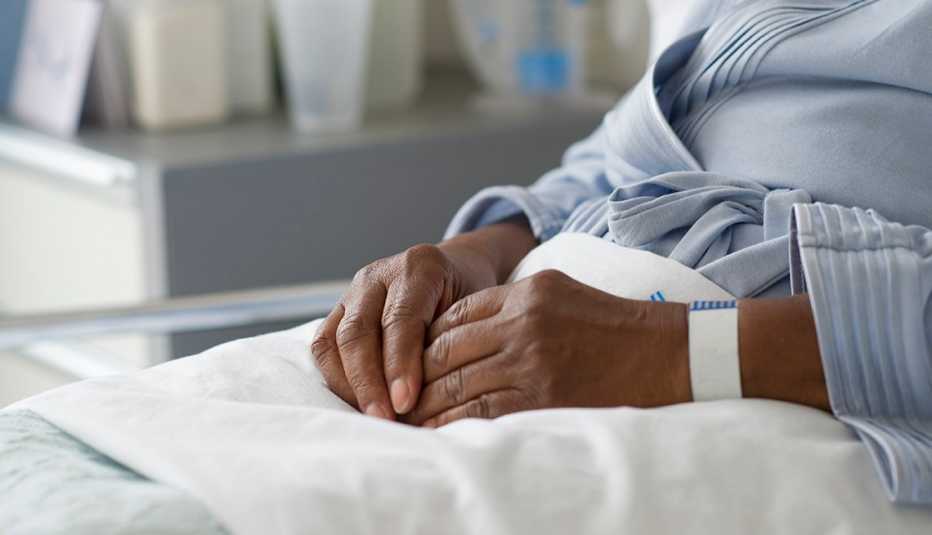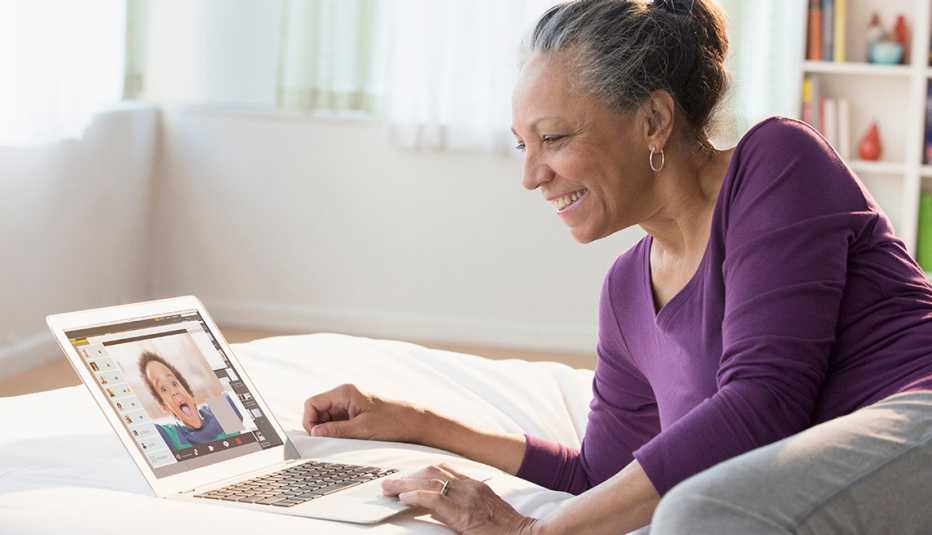Staying Fit
Mildred Hoxie has faced many tests in her 93 years.
Not surprising for a woman who once taught grammar school in a one-room schoolhouse in Jackson, Missouri — a tough task for any teacher. Early each morning, before the first student arrived, she would start the stove and sweep the classroom. At any time she’d have students from four grades in the crampedspace, all of whom she was responsible for educating. She gamely stuck with this profession through several schools (with more than one room) until she married, at age 33.


AARP Membership— $12 for your first year when you sign up for Automatic Renewal
Get instant access to members-only products and hundreds of discounts, a free second membership, and a subscription to AARP the Magazine.
During the Great Depression, Hoxie’s family lost the farm on which she was raised. When they were forced to move into town, her folks took in laundry, did ironing and even cleaned neighbors’ homes. But, she told her daughter, the greatest test of all was helping her husband of 48 years, Frank, navigate a decade of Alzheimer’s disease before he died, nearly a dozen years ago. Even then, her firm belief was that she had a job to do, so she rolled up her sleeves and did it without complaint.
And now, this. Like many other Americans, Hoxie is being challenged by the coronavirus pandemic, which has forced her into semi-isolation in a small apartment with a sitting room, bedroom and cramped kitchenette, on the second floor of an assisted living facility in Arlington, Virginia. Since the spread of COVID-19 and the sobering reality that it affects older Americans and those with health challenges in alarming numbers, day-to-day activities have ground to a halt at the facility, to protect its vulnerable residents. For Hoxie, there is no more chatting with companions at group meals or gatherings for movies, games or other activities. And with the residence’s decision, on March 19, to ban all nonessential visitors, she’s restricted from seeing her only daughter, who used to stop by every few days with a bag of groceries, a bit of gossip or, at least, a smile.
It’s not just that Hoxie is now legally blind, with congestive heart failure and an irregular heartbeat, along with suffering from the uncomfortable swelling that often goes along with edema.
“It’s pretty lonely when you see no one except, occasionally, the people who work here,” she says in a phone call. “No matter how much TV you watch or whatever, it doesn’t take the place of people.”


Much has been written about the mounting deaths at nursing homes, rehabilitation facilities and hospitals throughout the U.S., but there are many elderly people who are feeling OK physically yet are experiencing the effects of emotional isolation as the lonely days evolve into weeks.




































































